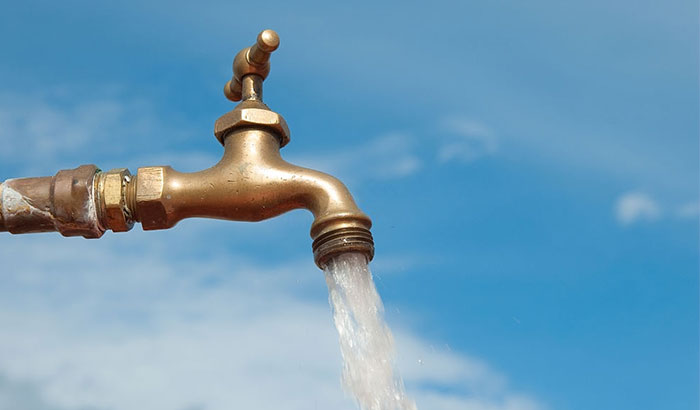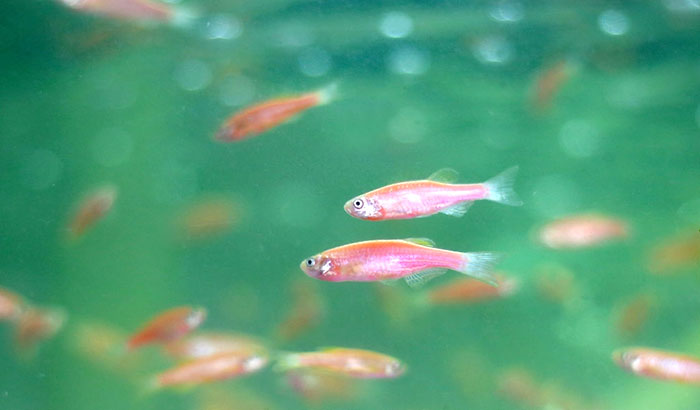Tap water is safe for drinking and other forms of human consumption but is not suitable when used in your fish tank directly. What you do is treat the water first before applying it to the aquarium. Do you want to know how to make tap water safe for fish? Find out the step-by-step process below.
Step 1: Testing the Tap Water
The initial step is to test the tap water you are going to treat. The reason behind this action is to know different factors since tap water composition varies from one place to the other. Testing the pH level, carbonate hardness (kH), general hardness (gH), and heavy metals are essential indicators that determine the tap water quality.
There are many testing kits available that can be used to test all the spectrum you need with your tap water. Another option for you to do is ask the local fish shop in your area about the quality of water, but this cannot be trusted since water quality varies from one location to the other.
Testing the pH level
When it comes to testing the alkalinity of your water, you need to have around 6.6 to 7.8, which is near the neutral level. Although, you also need to take into consideration the type of fish you have in the aquarium because some of them require a particular pH level.
Testing the Calcium Carbonate (kH)
Calcium carbonate is the white stuff that builds on the showerheads and other places in your home. In the aquarium, the kH level also helps stabilize the alkalinity of the water. For freshwater fishes, you need to have 4 – 8 kH as an excellent measurement for calcium carbonate.
Testing the General Hardness (Gh)
Testing the general hardness will indicate the presence of other minerals in the water apart from the calcium carbonate. The presence of other minerals such as magnesium and calcium will help the fish grow and thrive.
Testing the Heavy Metals
Most of the heavy metals found on tap water are beneficial to the fish. There are also others that can be very hazardous to them. Metals such as Iron and Copper will provide benefits to the fish tank, but Lead, Arsenic, and Mercury are not something you want to be in your aquarium. There are specific test kits for these metals that can be used for your tap water.
Step 2: De-chlorinate your Tap Water
The presence of chlorine in the tap water will surely hurt your fish. There are two ways to de-chlorinate the water. One is to let it sit for 24 hours to allow the salt to evaporate. The other way is to treat them with chemicals, specifically conditioner, to evaporate chlorine and chloramine.
The tap water conditioners will be able to neutralize chlorine and chloramine through water treatment. These conditioners are readily available in the market and are an essential tool in making tap water safe for your fish.
Step 3: Removing any Heavy Metals
Once you determine the presence of heavy metals in the tap water, the next step is to remove it if there is any. There are many fish-specific products that can be used to remove the presence of heavy metals in tap water.
But another reliable way to remove these unwanted metals is through the process of reverse osmosis. This process will remove all the unwanted chemicals in the tap water and will make it pure. Setting a Reverse Osmosis system in your home is ideal if you have the capacity to finance it.
Step 4: Conditioning the Tap Water
After removing the chlorine and other unwanted metals in the tap water, it is likely that there are still other harmful substances found in the water. To eliminate this unwanted harmful substance, applying a conditioner is a necessity.
Giving the best tap water conditioners will not only treat your tap water but will also provide those important nutrients needed for your fish. These conditioners are expected to provide Iodine and Vitamin B which help in reducing the stress of your beloved fish as well as prevent diseases.
Once you apply the conditioner, it is also the best time to transfer your fish to the fish tank if you still have not done it. Starting your filtration system is also essential to get things moving.
Contents
How to Make Tap Water Safe for Fish Without Conditioner
The method we discussed above is just one way to make tap water safe for your fish. The downside of this method is using a conditioner that contains chemicals that may be harmful to the fish.
With that said, there are other ways to treat your water without actually using the conditioner. These methods are the Reverse Osmosis system, electromagnetic water treatment, and many more that do not use chemicals.
The reverse osmosis system is a treatment process that does not use any chemicals to purify the tap water. This process will actually remove all the contaminants found on tap water to make the water safe for your aquarium.
You can set up a reverse osmosis process at home by purchasing in the market. It may be expensive, but it is worth it, especially if you want to take care of the fish seriously.
Meanwhile, electromagnetic water softening is another type of chemical-free purifying process that can make tap water safe for the fish. This process will not remove the magnesium and calcium from the water. Instead, the process will soften it to make the water safe from your fish.
Conclusion
Learning how to make tap water safe for fish is essential if you are an aquarium owner. Although tap water is safe for human consumption, it is not the case if you use it for your fish tank. It needs to be treated to be safe for the usage of your aquarium. The methods we discussed above are some of the ways to make your tap water safer for your fish.


